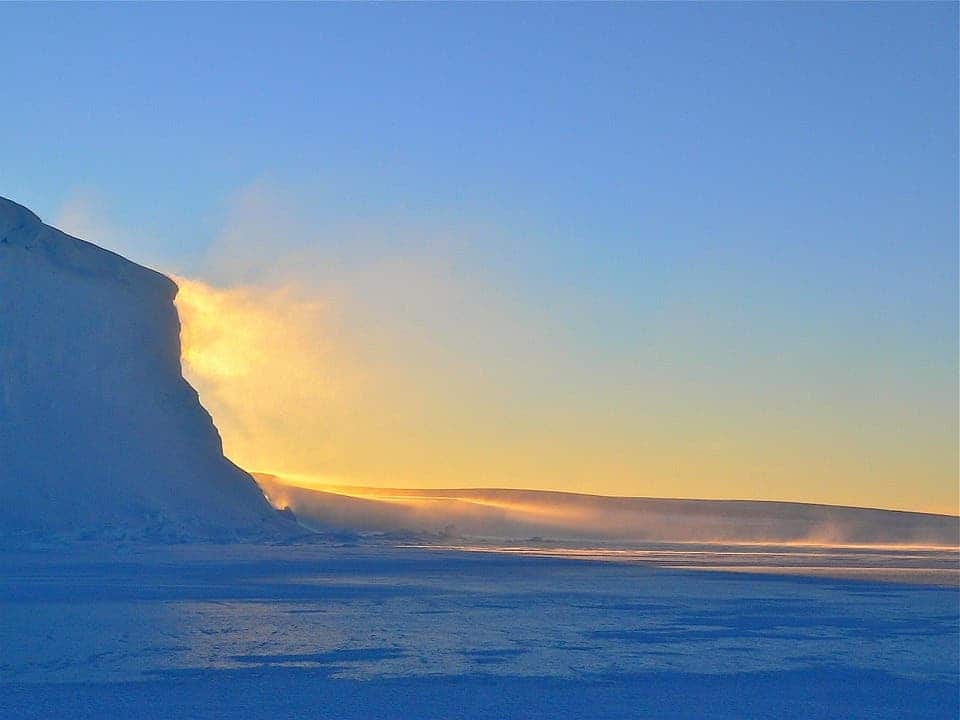A new study suggests that humanity’s actions have been influencing the extent of Arctic sea ice for longer than we’ve previously thought.

Researchers first observed that Arctic ice cover was dwindling in the mid-1970s, and some climate model simulations done since then show that ice loss may have begun as early as 1950. But recently recovered Soviet observations show that between 1950 and 1975, Arctic ice cover actually increased for almost as much as it’s decreased between 1975 to 2005. Which doesn’t fit into our models in any way.
A new study aimed at uncovering the cause behind this expansion found that human-made air pollution is also to blame here. The paper proposes that articles originating primarily from the burning of fossil fuels may have temporarily overshadowed the effects of global warming in the third quarter of the 20th century in the eastern Arctic.
Now, the thing you have to keep in mind when talking about climate is that it’s not a single entity, but rather an equilibrium reached after countless factors weigh in. Right now, we’re seeing a rise in average temperature due to a build-up of greenhouse gasses in the atmosphere — for which we’re to blame. But humanity’s emissions can also tip the scale towards falling temperatures, all it takes is a different chemical compound.
One class of substances, called sulfate aerosols, can reflect sunlight back into space and thus cool the surface. This is what the team believes happened between 1950 and 1975. This cooling effect counteracted the effect of global warming on Arctic sea ice and could have resulted in the changes seen by Russian aerial surveys in the region during this time.
“The cooling impact from increasing aerosols more than masked the warming impact from increasing greenhouse gases,” said John Fyfe, a senior scientist at Environment and Climate Change Canada in Victoria and a co-author of the study.
To test their theory, the team used computer models to simulate the effect of sulfate aerosols in the Arctic during this time-frame. Concentrations of sulfate aerosols were especially high during these years before regulations like the Clean Air Act limited sulfur dioxide emissions that produce sulfate aerosols.
Then, they matched the sulfate aerosol simulations to the data observed on the ground — data which suggested a substantial amount of ice cover growth during the time. Their results show that the contribution of aerosols offset the effect of increasing greenhouse gases over the mid-twentieth century in that part of the Arctic — explaining the expansion of the ice cover.
Still, aerosols aren’t very chemically stable and only last up to a few weeks in the atmosphere. So their cooling effect dipped heavily after the 1980s following clean air regulations. This left greenhouse gasses as the only tippers of the balance, leading to the rate of ice loss we see today, the authors conclude.
The work helps give us a clearer picture of the Arctic over the last 75 years, which should help us better predict its behavior in the future — especially since we don’t really have any detailed records of what happened to the ice prior to the advent of satellite imagery.
The full paper “Aerosol-driven increase in Arctic sea ice over the middle of the 20th Century” has been published in the journal Geophysical Research Letters.


